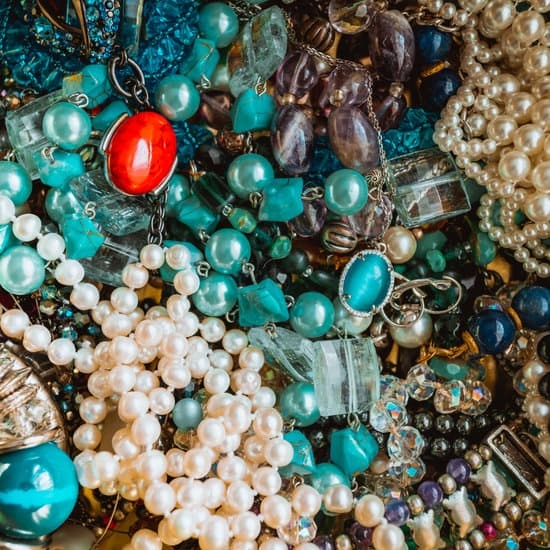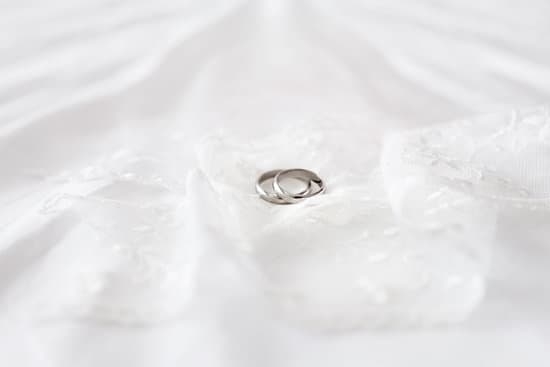Where to Buy Copper Beads for Jewelry
Are you looking for where to buy copper beads for jewelry? Copper beads are a popular choice for jewelry making due to their unique color and affordable price. Whether you are a beginner or experienced jewelry maker, incorporating copper beads …





